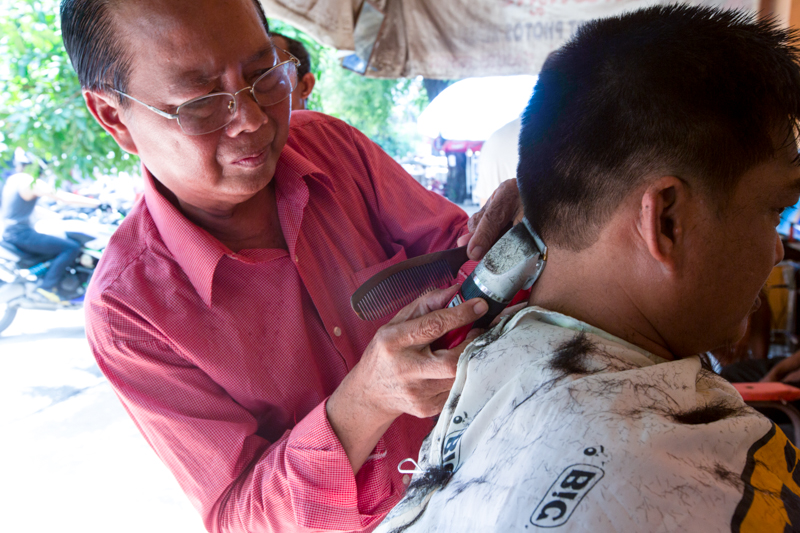US President Donald Trump assured Australian Prime Minister Malcolm Turnbull that a deal signed by his predecessor – which would allow the asylum seekers held on Manus and Nauru to settle in the US – would be honored during the first official call between the two leaders yesterday morning.
The two discussed a variety of issues during their 25-minute phone conversation, but Mr. Trump sought to allay fears that the refugee deal would be scrapped after months of uncertainty.
Australia has been detaining more than 2,000 refugees on Manus Island in Papua New Guinea and on the island nation of Nauru and sent a handful of refugees from Nauru to Cambodia in a much-maligned 2014 deal that largely fell apart when all but one decided to return to their home countries.
The refugees who came to Cambodia under the $30 million deal alleged bad living conditions, little assistance from the government and lies told to them before their arrival about the kingdom and what compensation they would receive.
Despite reports in October of three more refugees were slated to come to Cambodia under the deal, Kem Sarin, a spokesman for the general immigration department, declined to comment on the future of Cambodia’s pact with Australia in light of the US government’s stance.
Tan Sovichea, the refugee department director, did not respond to requests for comment.
Chak Sopheap, the executive director of the Cambodian Center for Human Rights, said the deal was doomed from the start considering Cambodia’s track record with its own refugees.
“While the neglect suffered by those refugees under the deal in Cambodia may pale in comparison to the reports of abuse coming from Nauru, the fact remains that many of the refugees have opted to return to the countries from which they fled, suggesting strongly the extent of the neglect they were subject to here,” she said.
In November, then-US President Barack Obama agreed to bring all of the refugees on both islands to the US pending extensive background checks and interviews. Due to Mr. Trump’s outspoken stance against immigration during his election campaign, many believed the deal would be scrapped once he took office.
But officials from the US State Department have already gone to both Nauru and Manus to interview refugees ahead of their resettlement on orders from Mr. Trump’s administration.
Mr. Trump’s backing of the agreement came as a surprise to many analysts and commentators in the US considering his recent executive order suspending the entry of all refugees to the US for 120 days, banning Syrian refugees indefinitely and stopping the citizens of seven predominantly Muslim countries from entering the US for 90 days.
Many of those being held on Nauru and Manus are from the seven nations on Mr. Trump’s list of now-banned countries, including Iran, Iraq, Syria and Yemen.
Thousands of protesters crowded American airports in defiance of the order on Saturday after people from those seven countries who had obtained all of the documents and approvals needed to visit or live in the US legally were arrested and held by customs agents in countries across the world.
A court order late on Saturday night temporarily stopped the US government from enforcing the order after a lawsuit was filed by the American Civil Liberties Union.
Legal experts in the US have criticized the measure, as it runs afoul of a number of long-standing US laws. It is in direct violation of the Immigration and Nationality Act of 1965, which made it illegal to discriminate against immigrants on the basis of national origin.
The law was passed in an effort to remedy a series of race-based government edicts enforced in the early 1900s, the most notable of which – the Asiatic Barred Zone Act of 1917 – was aimed primarily at banning immigrants from Southeast Asia, China and Japan from entering the US and becoming citizens.
*This article as featured in Khmer Times on January 30, 2017: https://www.khmertimeskh.com/news/34868/trump-backs-deal-with-australia/















